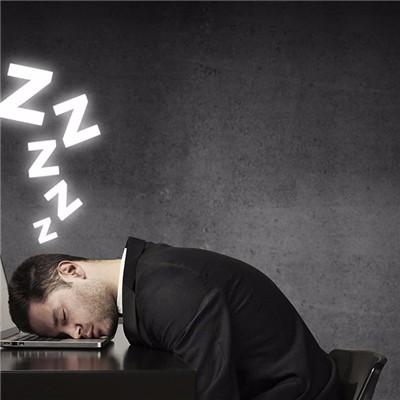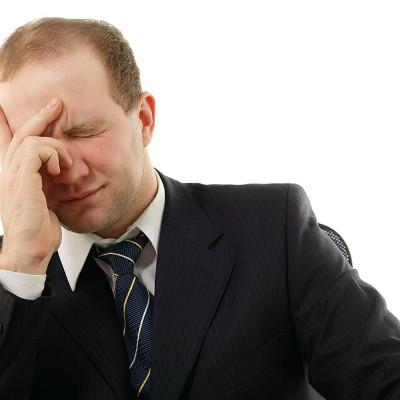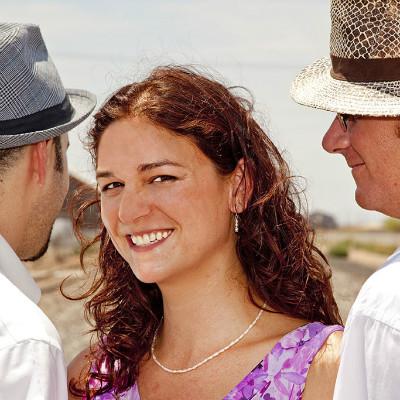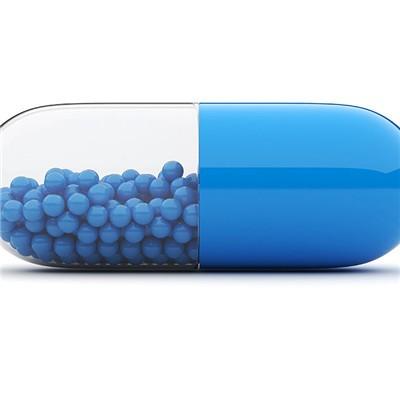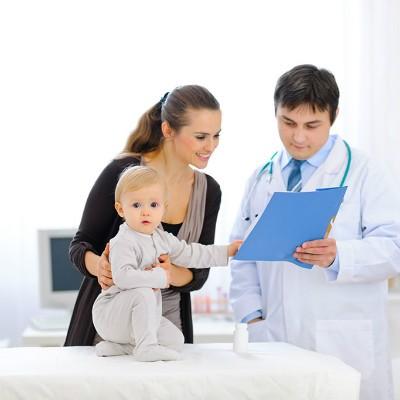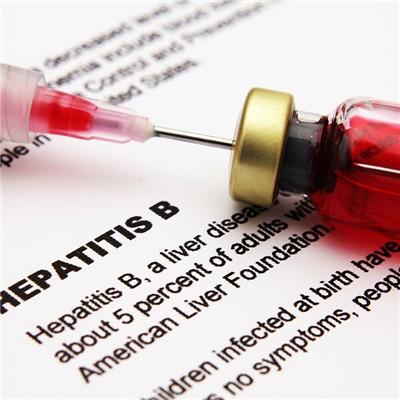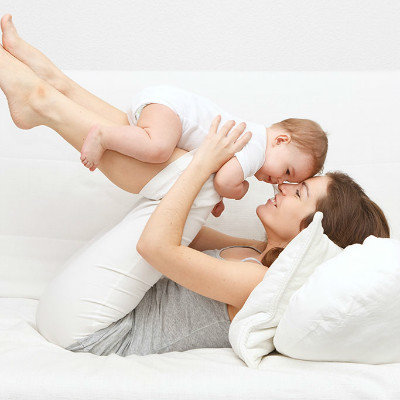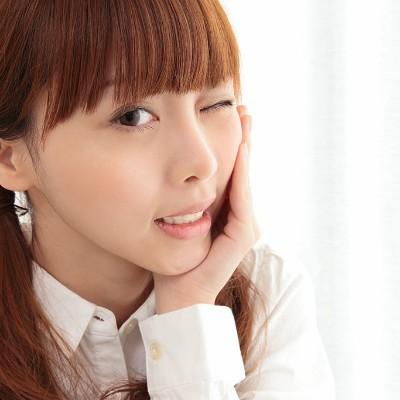What symptom does cyst have inside orbit?
summary
Orbital dermoid cysts may be the remnants of the surface epithelium in the embryonic period, which are sandwiched in the bone suture, and the lesions fall off continuously to form cysts. Microscopically, the cyst is filled with thin keratinized squamous epithelium lining and typical exfoliated keratin. There is no accessory structure in the cyst wall. The cyst contains a lot of cholesterol, also known as cholesteatoma; The wall of the cyst is a stratified flat epithelium surrounded by fibrous connective tissue. In addition to squamous epithelium, dermis, different amount of subcutaneous tissue and skin appendages, such as hair follicles, sebaceous glands and sweat glands, were also found in the wall of dermoid cysts. Orbital dermoid cyst is formed by implantation of ectoderm on the surface of the embryo. What symptom does cyst have inside orbit? Let's talk about it
What symptom does cyst have inside orbit?
Although dermoid cysts originated in the embryonic period, in addition to the cysts located in the orbital margin can be found in early childhood, due to the slow development of the disease, and even static stage, the cysts located behind the orbital margin, especially the deep orbital dermoid cysts, often appear symptoms until adolescence, and can also be seen in the elderly patients.
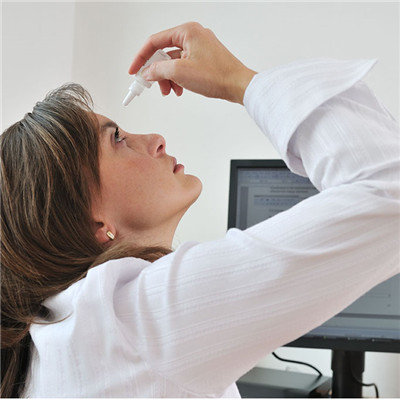
2. The clinical manifestation of the disease depends on the primary location of the tumor. The dermoid cysts located in the orbital margin mostly occurred in the lateral superior side of the orbital margin, followed by the supraorbital margin and medial superior margin, and sometimes also occurred in the upper temporal fossa. It can be found in the early childhood when the orbital margin occurs. The orbital margin is locally uplifted, the skin color has no change, and the semicircular or round tumor can be palpated, with clear boundary, slight elasticity, no tenderness, can be pushed, and no adhesion with the skin
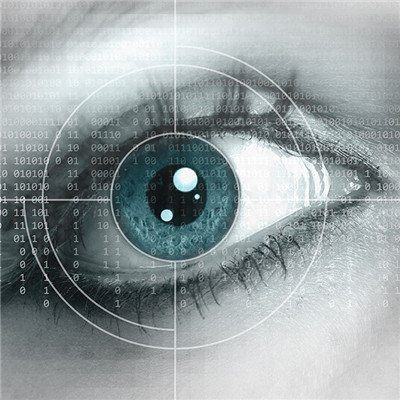
3. Most of the cases located in the orbit occurred in the outer upper quadrant of the orbit, accounting for 69%, followed by the inner upper quadrant and the lower part of the orbit, occasionally involving the nose and lacrimal passage. From the depth analysis of the location, it is more common in the anterior and middle orbital segment, and less in the posterior orbital segment. The orbital space where the cyst is located is mostly subperiosteal space. The cyst compresses the bone wall and forms a depression. The tumor grows between the bone fossa and periosteum and can protrude into the skull cavity or temporal fossa to form a dumbbell shaped cyst. It has also been reported that there are two independent dermoid cysts in the lateral orbit and temporal fossa with intact bone wall. The cyst stimulates periosteum, thickens the margin of bone depression, and has multiple bone ridges in the fossa.
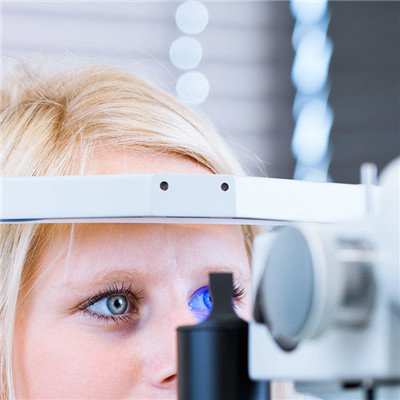
matters needing attention
Suitable diet: 1. It is suitable to eat food rich in high-quality protein, minerals and vitamins. 2. It is suitable to eat cool, cold or flat food with the function of clearing away heat and toxin. 3. Should eat high vitamin food 4. Should eat high calorie digestible food
